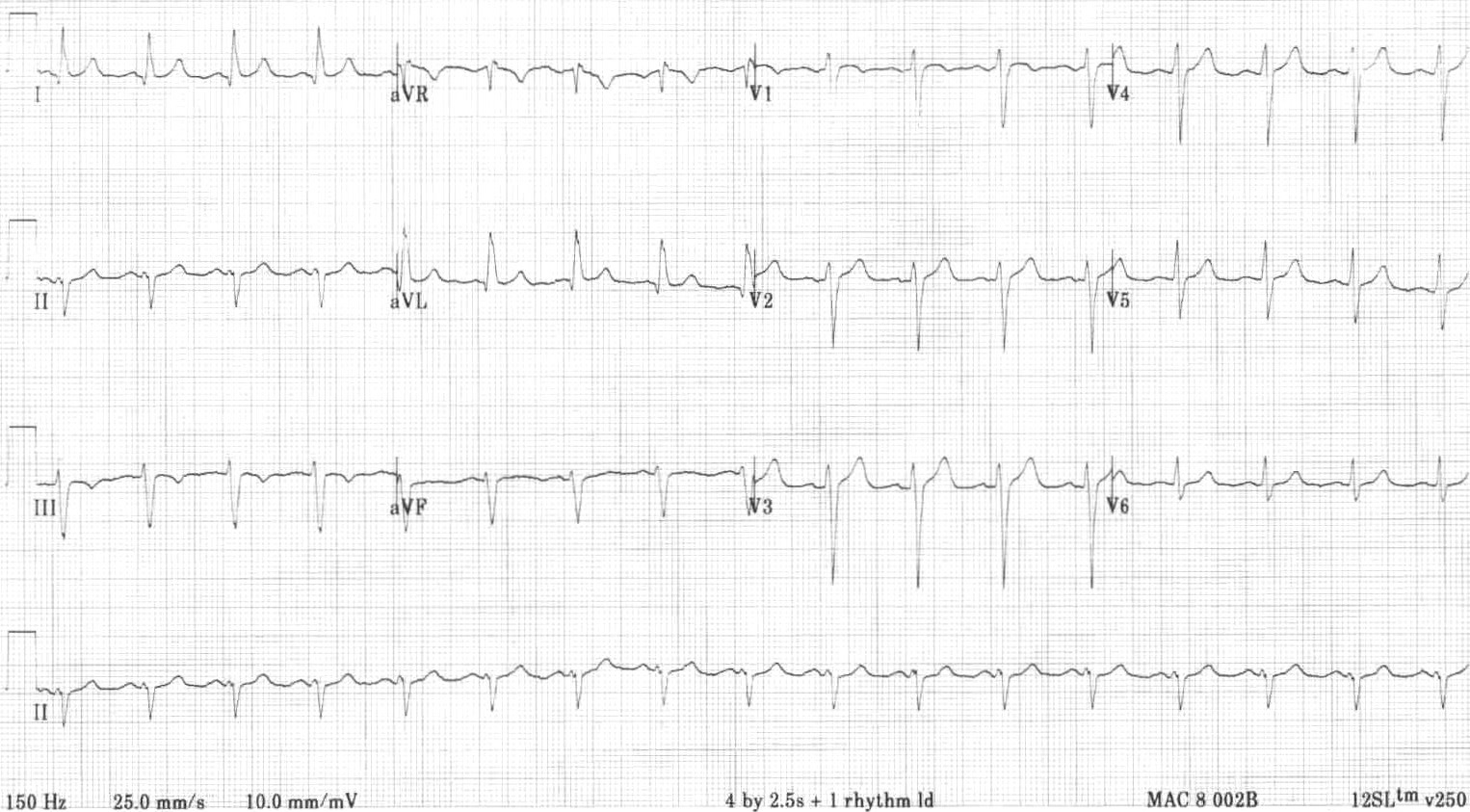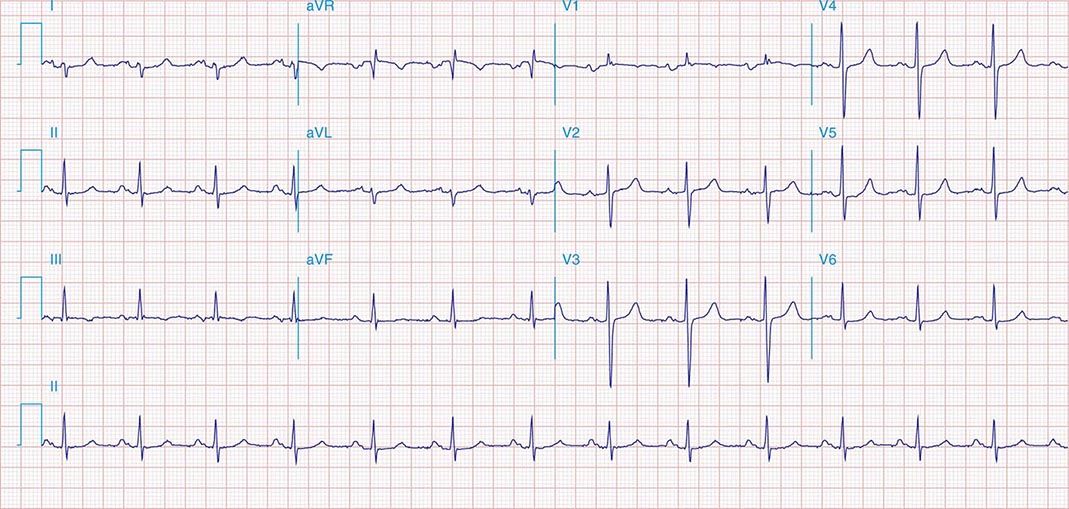


However, despite its known enzymatic and immunomodulative functions, limited data characterize the role of DPP IV/CD26 in cutaneous wound healing mechanisms. It has potential influence on different processes crucial for wound healing, including cell adhesion, migration, apoptosis, and extracellular matrix degradation. Involvement of DPP IV/CD26 in cutaneous wound healing process in mice.īaticic Pucar, Lara Pernjak Pugel, Ester Detel, Dijana Varljen, Jadrankaĭipeptidyl peptidase IV (DPP IV/CD26) is a widely distributed multifunctional protein that plays a significant role in different physiological as well as pathological processes having a broad spectrum of bioactive substrates and immunomodulative properties. Patients with R- IVCD constitute a subgroup of patients with a long Q-LV interval. Mid-QRS notching in lateral leads strongly predicts a longer Q-LV interval in L- IVCD patients. Patients with LBBB have a very prolonged Q-LV interval. The R- IVCD group presented an unexpectedly longer Q-LV interval (127.0 ± 12.5 ms 13/15 patients had Q-LV >110 ms). Isolated mid-QRS notching/slurring predicted Q-LV interval >110 ms in 68% of patients. Patients with LBBB presented a long Q-LV interval (147.7 ± 14.6 ms, all exceeding cutoff value of 110 ms), whereas RBBB patients presented a very short Q-LV interval (75.2 ± 16.3 ms, all 150 ms and intrinsicoid deflection >60 ms. The Q-LV interval in the different groups and the relationship between ECG parameters and the maximum Q-LV interval were analyzed. The IVCD group was further subdivided into 81 patients with left (L)- IVCD and 15 patients with right (R)- IVCD (resembling RBBB, but without S wave in leads I and aVL). One hundred ninety-two consecutive patients undergoing CRT implantation were divided electrocardiographically into 3 groups: left bundle branch block (LBBB), right bundle branch block (RBBB), and nonspecific intraventricular conduction delay ( IVCD). The purpose of this study was to assess the impact of Q-LV interval on ECG configuration. Pastore, Gianni Maines, Massimiliano Marcantoni, Lina Zanon, Francesco Noventa, Franco Corbucci, Giorgio Baracca, Enrico Aggio, Silvio Picariello, Claudio Lanza, Daniela Rigatelli, Gianluca Carraro, Mauro Roncon, Loris Barold, S SergeĮstimating left ventricular electrical delay (Q-LV) from a 12-lead ECG may be important in evaluating cardiac resynchronization therapy (CRT).

ECG parameters predict left ventricular conduction delay in patients with left ventricular dysfunction.


 0 kommentar(er)
0 kommentar(er)
